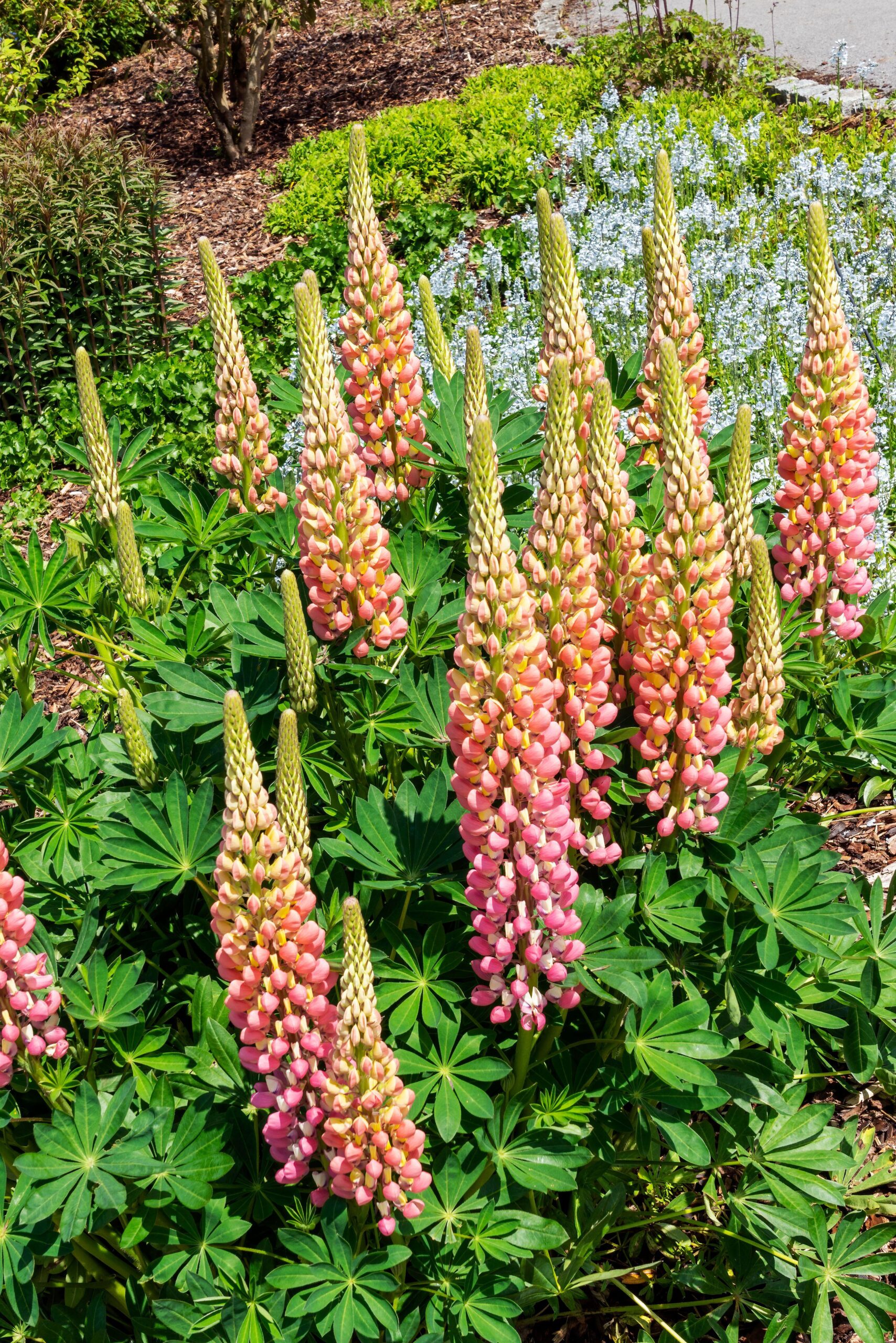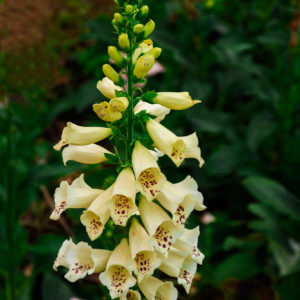Lupinus ‘Chatelaine’
€8.50
Frequently Bought Together






Description
Lupinus ‘Chatelaine’ (Russell Lupin)
Quick Facts
- Common Name: Russell Lupin, Garden Lupin
- Botanical Name: Lupinus ‘Chatelaine’
- Plant Type: Herbaceous Perennial
- Mature Height: 90-120cm
- Mature Spread: 45-60cm
- Flowering Period: June to August
- Flower Colour: Pink and white bicoloured spikes
- Foliage: Palmate, mid-green leaves
- Hardiness: RHS H6 (Hardy)
- Soil Requirements: Well-drained, slightly acidic to neutral soil
- Aspect: Full sun to partial shade
- Maintenance: Moderate
Description
Like elegant candelabras gracing a summer garden party, Lupinus ‘Chatelaine’ brings aristocratic charm perfectly suited to Irish cottage gardens. This magnificent perennial creates towering spires of exquisite pink and white bicoloured flowers that seem to dance with refined elegance, transforming ordinary borders into something truly enchanting whilst thriving in our cool, moist climate.
The spectacular flower spikes rise majestically above neat clumps of distinctive palmate foliage, each bloom perfectly formed with soft pink standards and pristine white wings that create a delicate two-toned effect. These impressive racemes can reach over a metre in height, creating dramatic vertical accents that draw the eye skyward and add architectural grandeur to any planting scheme.
Part of the famous Russell Hybrid series developed in the 1930s, ‘Chatelaine’ has proven its garden worthiness over decades of cultivation. This hardy perennial has adapted beautifully to Irish conditions, relishing our cool summers and adequate rainfall whilst providing months of spectacular colour. The robust growth habit and impressive stature make it perfect for back borders or as specimen plants in island beds.
Pair this stunning lupin with complementary cottage garden favourites like Delphinium, Campanula, or white roses for classic English garden charm, or combine with ornamental grasses for a more contemporary prairie-style effect. It’s particularly beautiful when planted in drifts of three or five, where the collective impact of the flower spikes creates breathtaking displays that make it an ideal choice for family gardens seeking traditional British beauty.
Caragh Garden Notebook
Plant in well-drained, slightly acidic to neutral soil, spacing 45-60cm apart. Excellent for cutting gardens – the flower spikes make spectacular indoor arrangements. Thrives in fertile, moisture-retentive soil that doesn’t become waterlogged in winter. Add organic matter such as well-rotted compost before planting.
Water regularly during dry spells, especially in the first year, but ensure good drainage as lupins dislike waterlogged conditions. Deadhead spent flower spikes promptly to encourage a second flush of blooms in late summer. Cut back to ground level in autumn after foliage has died back naturally.
Lupins are typically short-lived perennials (3-5 years), so collect seed from the best plants in late summer or take basal cuttings in spring to ensure continuity. Young plants often self-seed freely, providing natural replacements, though seedlings may not come true to type. Apply a balanced fertiliser in early spring to support vigorous growth and abundant flowering.






